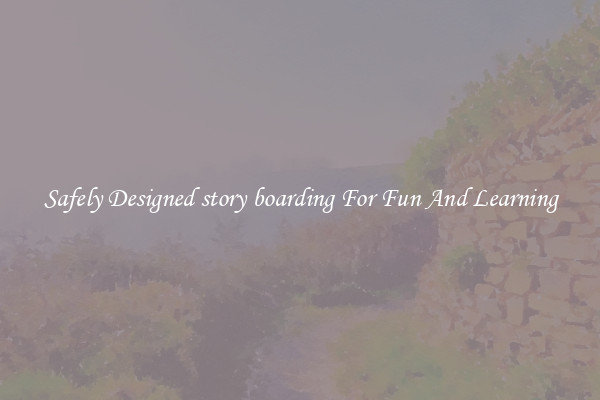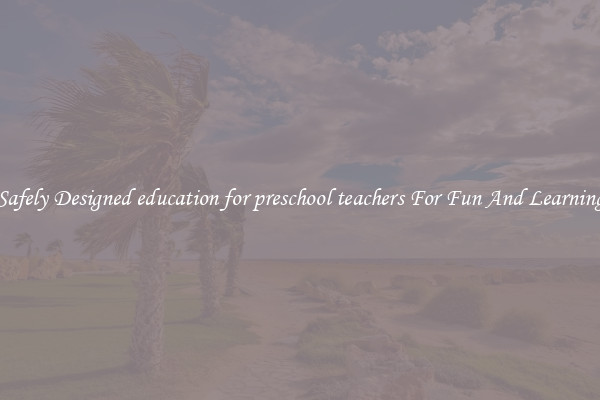Safely Designed story boarding For Fun And Learning
Storyboarding is a powerful tool that helps organize and visualize ideas for various projects, including films, animations, and video games. While it is commonly associated with professional creative endeavors, it can also be a fun and educational activity for people of all ages. However, it is crucial to prioritize safety when using storyboarding for such purposes.

First and foremost, when engaging in storyboarding for fun and learning, it is important to use appropriate materials and tools. Younger individuals should avoid sharp objects such as knives or scissors and opt for safer alternatives like colored pencils or markers. While it may be tempting to cut out pictures or use glue, these activities should be supervised to prevent accidents.
Additionally, safety also involves creating content that is suitable for the audience. When storyboarding for children, it is essential to avoid inappropriate or violent themes that may be disturbing or confusing. Instead, focus on activities that promote creativity, imagination, and educational content. This could include stories about friendship, animals, or even famous historical events.
Furthermore, it is crucial to foster a safe environment during storyboard sessions. Designate a well-lit and clutter-free workspace where individuals can comfortably engage in the activity. Ensure that the seating is suitable and provide support for wrists, necks, and backs, especially during longer periods of work. Practicing good posture and taking breaks to stretch and rest the eyes are important to prevent any discomfort or strain.
Moreover, online safety should be prioritized when using digital storyboarding platforms or apps. Ensure that the chosen platforms are safe, secure, and age-appropriate. Use trusted websites or applications that have been developed for educational purposes. It is also important to provide guidance on how to navigate these platforms and be cautious about sharing personal information online.
Lastly, encourage collaboration and feedback during the storyboarding process to create a positive learning environment. This could include engaging in group activities where individuals share their ideas, work together to develop a story, or provide constructive criticism on each other's work. Promoting a culture of respect and support will ensure that everyone feels safe to express their creativity and learn from one another.
In conclusion, storyboarding can be a safe and enjoyable activity for both fun and educational purposes. By using appropriate materials, creating suitable content, fostering a safe environment, prioritizing online safety, and encouraging collaboration, individuals of all ages can engage in storyboarding while ensuring their well-being. So, let your imagination run wild, but always remember to keep safety at the forefront of this exciting creative process.

View details

View details

View details

View details








